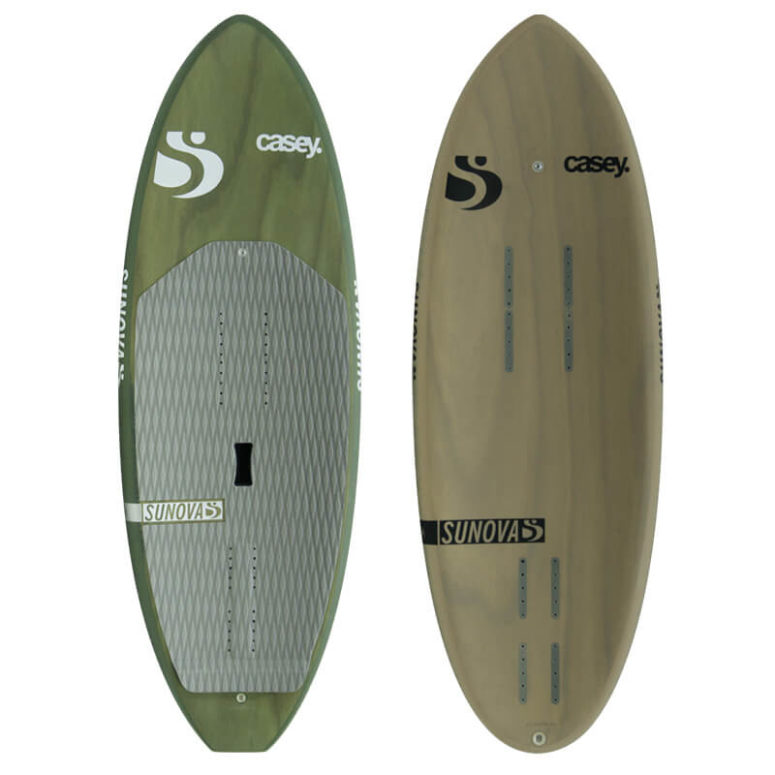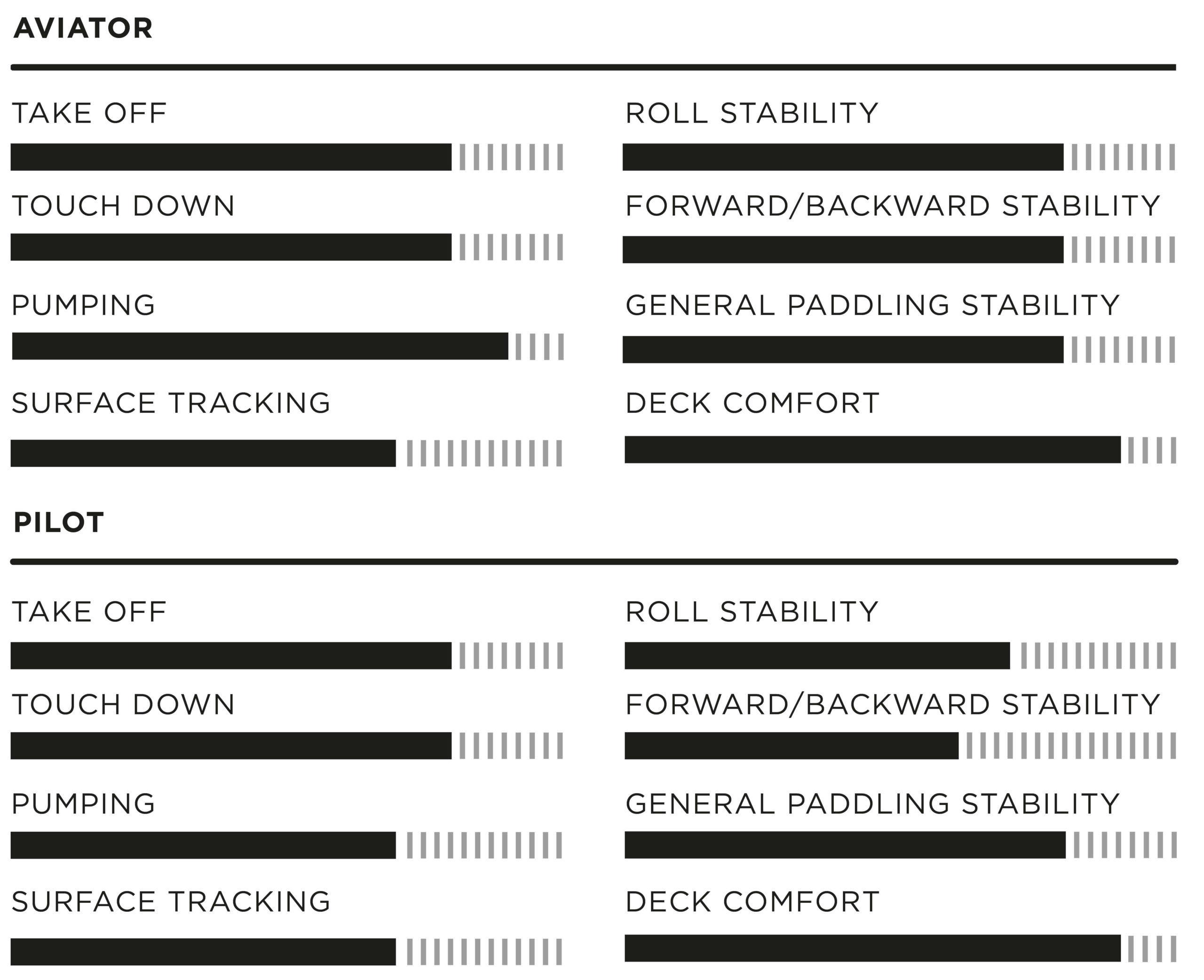

When you purchase gear through links on our site, we may earn a small commission. Here’s why you can trust our tests and our affiliate partner.

Since 1976, Sunova has built a solid reputation in surf, SUP, wind, kite and more recently, has been a huge player in the emerging sport of foiling. I remember seeing Sunova SUPs and surfboards under the arms of many ocean-lovers like me since I was a kid. Fast forward 20 years and introduce a new sport where surfers are elevated above the water riding parts of a wave never thought possible, the landscape is no different. In my local area of Sydney, Australia, Sunova boards are the Toyota of the foilboard scene – available, reliable and shreddable in every way.
In particular, the Casey signature range of Sunova foil boards are a common pick for anyone who knows good equipment. These boards were developed over many iterations by local legend James Casey and his Jedi shaper Marcus Tardrew with performance, not stability, in mind. As such, they are notably skinnier than previous models – nicely pulled in at the nose and tail but with well-proportioned rails providing good float and paddle power. The bottom profile also features a beautiful quad concave shape which transitions down the board to cut-aways either side of the fin box. These attributes help the board pop out and release from the water without huge speed losses which occur on more traditional flat bottom boards with their large, wetted surface area.
I’ve been lucky enough to be handed both a Casey “Pilot” Prone foil board (4’6 x 33L) and its bigger brother the “Aviator” SUP foil board (6’0 x 96L). I should say that I’m a 6’2 rider weighing approximately 80kg.
For prone surfing, the Pilot was paired with the AXIS 910 or the GoFoil GL140/NL190, depending on the conditions. On the pop up, a slightly concave deck helps your feet naturally find the sweet-spot on the board, and while flying, its narrow, lively feel provides full control at high speeds. If things are getting sketchy and you start touching down, the hull shape helps to glance up and away from the surface and the thick rails prevent the board from being steered by the water. It’s a lightweight board with a low swing-weight feel, allowing you to dial in the pump on any gear and fly around the lineup for minutes at a time catching wave after wave, after wave, and giving all your mates Hi-5’s as you glide past. What surprised me most when first riding the Pilot was its paddle power relative to size. In my case, I can paddle the 4’6 33L model easily up to speed, getting into anything from ridiculously tiny bumps to some enormous overhead lumps. Sunova have done a really great job in packing the right amount of float into a board that moves through both water and air exactly how you want it to.
For SUP and downwinding, riding the Aviator feels like riding a scaled up Pilot, bigger in all the right places. It’s like having a small sporty car to drive to work and a big 4wd ute for the weekend (I’ll keep both thanks). The 6’0 has been the perfect choice for me to learn the discipline, somehow finding a good balance between being longer and skinnier for performance but wide enough to make balancing and paddling a breeze. Paired with the AXIS 910/GoFoil NL190 while SUP surfing, and the GoFoil P180/GL210 for downwind, this board feels incredibly small, light and easy to pump. I can now pump my Aviator SUP around the lineup just as long as my Pilot (of course using bigger wings). When downwinding, the water-releasing hull shape of the Aviator has helped me successfully learn to paddle up on ocean wind swell and experience the joy of pumping and riding the ocean energy 9-10 kilometers down the coast. On the windy days I’ve pulled out my Duotone Unit wing and zig zagged the Aviator back and forth and around my local headlands. It’s a textbook allrounder, a board that serves multiple disciplines within the sport in the best way possible.
I should also add that both my Pilot and Aviator haven’t dinged too easily and have held up well in the time I’ve had them. With high density stringers and a reinforced finbox area, all forming a composite sandwich, these boards can clearly withstand well the forces of foiling and the intense, everyday wear that goes with this highly addictive sport.
I’m very thankful that these boards found their way to me. I’m relatively new to foiling like many other riders out there, and these boards have ticked all the boxes. The Casey range are performance boards that help you learn, progress and eventually shred, and I’d recommend them to anyone looking for a good quality board to hit the water with.
